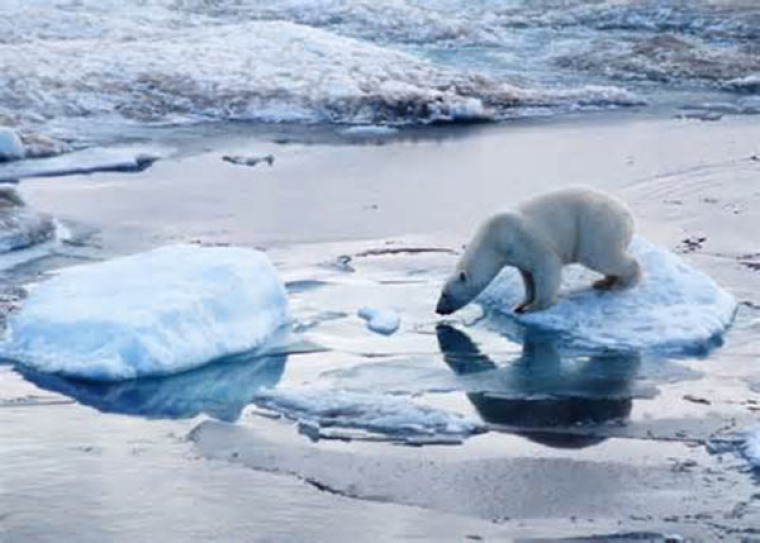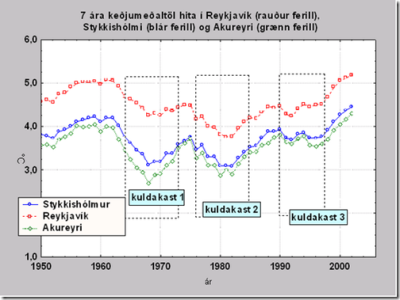Climate change stats 'a total fraud' researcher says

ORLANDO, Fla. (Christian Examiner) – There has been a 40-year evolution in how weather outlets have described arctic temperature trends – from cooling to warming – by using catch phrases Americans are now keyed in on like "global warming" and "climate change."
And the reason neither of these phrases is valid is that weather station records from as early as the 1940's have been altered to produce "artificial warming trends" – indicating "fraud," researchers now say.
What in 1975 was named "global warming" evolved by 1988 to "climate change" in the wake of colder temperatures -- contrary to indicators patterns have continued to show a cooling trend.
Now even labeling temperature changes throughout the earth as significant "climate change," reflecting major trends, is being called "the greatest scientific fraud in history," by John Casey, president of the Space and Science Research Corporation.
If residents in Boston had enough strength after shoveling out from six feet of snow, with more in the offing, they might nod in agreement. But it seems Casey has more than anecdotal evidence.
On his website, Casey shows graphs that depict nearly every weather station from Greenland to Siberia has been altered to remove a large temperature spike that took place in the 1940s, "and as consequence removed much of the drop in temperatures during the subsequent cold decades," according to an article by Paul Homewood on his blog.
"All of the evidence suggests that the official temperature trends for the Arctic, as published by GISS [Goddard Institute for Space Studies] and others, are hopelessly flawed," Homewood posted Feb. 4.
Records from 19 weather stations have been altered "to produce an artificial warming trend since the 1940s, and only four stations that have been unadjusted," Homewood wrote. "No stations at all have been adjusted the other way."

Homewood compared raw data with adjusted temperatures to show the graph trend was reversed from a cooling trend to a warming one, explained Christopher Booker in The Telegraph.
Homewood reportedly became interested in the subject because of arguments from climate scientists that rising global temperatures was causing the melting sea ice in the Arctic, according to an article by Greg Richter in The Guardian.
"In reality, Homewood says, the melting is caused by cyclical shifts in Atlanta sea currents that bring warmer water to the [Arctic] area," Richter wrote. "Arctic water temperatures last peaked 75 years ago, when sea ice melted back even further than today, [Homewood] said."

Casey, author of Dark Winter: How the Sun is Causing a 30-year Cold Spell, released last September, uses solar cycles to predict climate change.
Solar cycles, Casey said Wednesday on the Newsmax "America's Forum," are a more than 90 percent accurate weather prediction method.
The sun is the primary cause of climate change, Casey said.
"By properly looking at the various components of solar activity, we have been able to discern the key cycles that schedule climate change, and we have made substantial headway in making high reliable predictions based on that model," Casey explained. "The answer to that is this is all a part of the natural cycles of the sun."
The last 18 years have shown "no effective increase in global temperatures," Casey said, and "14 [of 24 parameters] are showing global cooling as the primary climate trend."